Overview
The client wanted a water meter application for both iOS and Android. He had existing water meter sensors and wanted us to suggest the perfect IoT cloud-based services to help him develop an app that integrated perfectly with his existing hardware infrastructure. The app needed to be seamlessly connected to the sensors of the water meters; these water meters were to be connected to the piping systems/outlets/inlets and placed around water heaters, dishwashers, refrigerators, sinks and sump pumps.
Analysis
We analyzed various cloud based services for IoT including Google IoT, IBM Watson IoT, AWS IoT, Microsoft Azure IoT and Xively IoT. After a thorough evaluation and analysis of the available services, we zeroed in on IBM Watson IoT as best placed to deliver the kind of app functionality the client wanted.
We chose IBM Watson IoT because:
- It helped us integrate services that enabled the user to monitor water usage and provided real-time data analysis and triggered alerts when the water meter battery was low.
- The use of this platform allowed us to deliver easy to use features, data security and provide scalable solutions that seamlessly integrated with other devices.
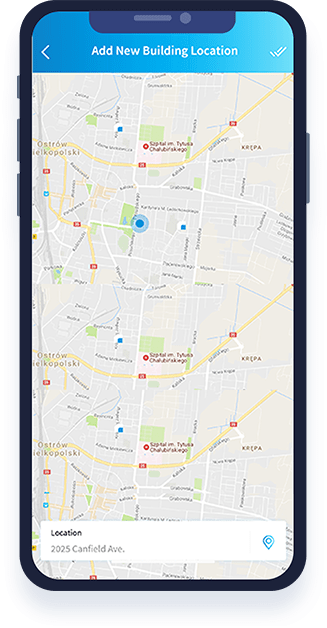
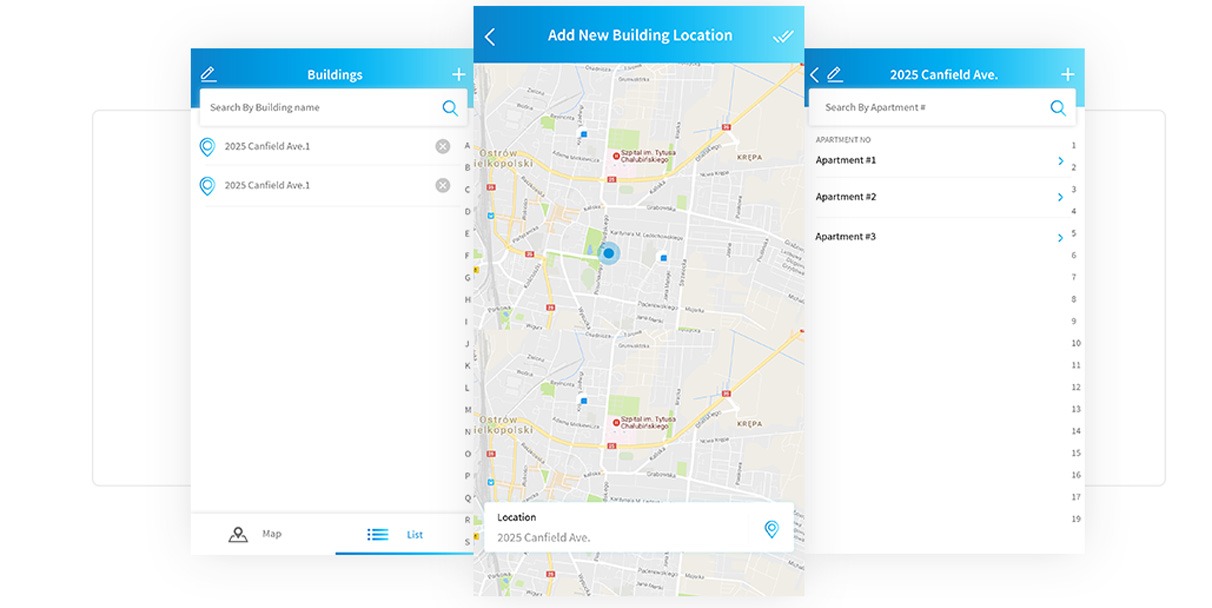
Challenges
Technostacks has a proven track record of delivering advanced IoT applications as per client requirements. However, each IoT app comes with its own set of challenges as the app needs to be configured in such a way that it can drive connections and integrations between different IoT devices. In this case the key challenges included:
- Creating an app that had perfect synergy between water meter sensors and the app to deliver accurate water consumption data through water meters
- Connecting to the cloud server to get only the most precise calculation of the water being used by the building or specific apartment.
- Ensuring that the app can track consumption information on an hourly basis.
- Ensuring that the water consumption can be tracked across all sensors placed across all the outlets.
- Enabling seamless data monitoring from the mobile application.
- Developing and designing a comprehensive dashboard that enables customers to see their consumption statistics including their highest, average and lowest consumption data.
- Facilitating and driving a more efficient and systematic water management process.
- Monitoring safety of the water consumption and detection process.
- Maintaining transparency of consumption process to ensure error free water consumption detection.
Functionalities in iOS and Android Apps
We delivered a wide collection of functionalities to the app user using our expertise in iOS and Android technologies:
- Add Building: The user will be asked to pin location by searing for it on the map or can manually add the apartment or building location. The user must add basic details such as apartment number and name of tenant.
- Map/List View: Apartment or building on the map can be seen in a list view.
- Add Meter: The user can add meter number and select the water appliance from the available list.
- Water Usage: Analytical Report (Daily/Monthly/Yearly): The user can select a particular meter and view the consumption of water (in liters) of every water appliance individually or see the overall usage of an apartment by day/month/year. Users can view graphical representation of their water usage as well.
- Battery Life: The user can monitor the batter life of the water meter sensor; an alert will also be sent to the user if the battery life of the sensor is low.
Solution
Developers at Technostacks have comprehensive expertise and skill sets in a variety of platforms, IDEs, programming languages, and SDKs that helps them create apps that offer complex functionality that is easy to use and which delivers immense value to our clients.
- To drive connectivity between the water meter sensors and the cloud, the device has an ESP8266 WiFi microchip; the micro controller on this chip supports WiFi connectivity and web server requests. The sensor tracks the amount of water that passes through the inlets and periodically sends this data to IBM Watson IoT.
In order to facilitate data communication between IBM Watson IoT, our developers used the MQTT messaging protocol. The MQTT protocol enables efficient exchange of real-time data between sensor and mobile devices; the use of this lightweight messaging protocol helps identifying water consumption for each inlet and sending this information to the cloud. - The list of the different water meter sensors in a particular building or apartment will be displayed with their recent events as well as sensor information which includes Name, Date & Time and Water Usage
- The system stores historical data from the water meter to Cloudant DB using Node-RED. We used this flow-based development tool for wiring together the user’s mobile devices, meter sensor, APIs and online services offered by IBM Watson IoT cloud. The decision to send push notification to app when the water meter has low battery is decided using Node-RED.
- Our developers used the Cloudant database to store the water meter and application data. It helped us deliver seamless user experience, both online and offline, and that too in a cost-effective manner.
86.6%
Client Retention Rate
200+
Delivered Assets
6.4X
ROI of Re-Design
Our Solutions in Action
Read how we have transformed businesses along the way.
-
Industrial • Digital Products • Internet of Things (IoT): Enabling Smarter Industrial, Agricultural & Solar Operations through Long-Range, Low-Power IoT Monitoring with LoRa® Technology
Enabling Smarter Industrial, Agricultural & Solar Operations through Long-Range, Low-Power IoT Monitoring with LoRa® Technology
From noisy factories to sprawling farmlands and solar fields, reliable real-time monitoring was once a distant dream. Traditional wired and Wi-Fi systems failed to cover vast areas or withst…
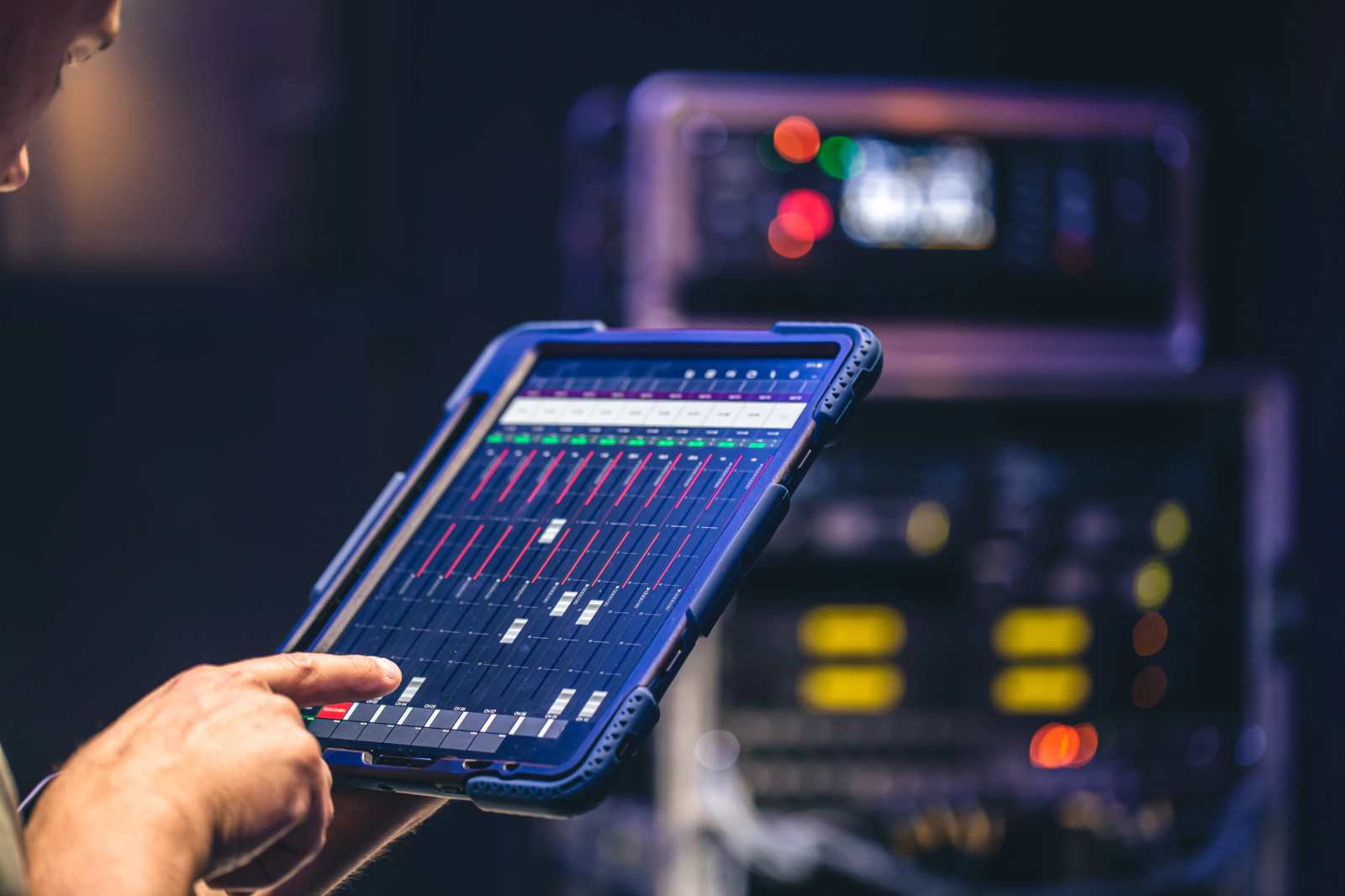
-
Software & Platforms • Data & AI • Digital Products • Product Engineering: How a Jewellery Technology Pioneer Achieved 99% Accurate Diamond Testing with Technostacks AI-Powered Screening App
How a Jewellery Technology Pioneer Achieved 99% Accurate Diamond Testing with Technostacks AI-Powered Screening App
Clarity isn’t just for diamonds. With Technostacks AI-enabled mobile app, a jewellery technology innovator transformed diamond screening into a faster, more accurate, and fully automated e…

-
Industrial • Data & AI • Digital Products: AI-Enabled Zoho ERP Drives Cost Efficiency & Operational Visibility for Chemical Manufacturer
AI-Enabled Zoho ERP Drives Cost Efficiency & Operational Visibility for Chemical Manufacturer
Growth doesn’t have to wait. With Technostacks certified Zoho expertise, a global chemical leader turned years of ERP setbacks into measurable wins: faster deployment, lower costs, and AI-…
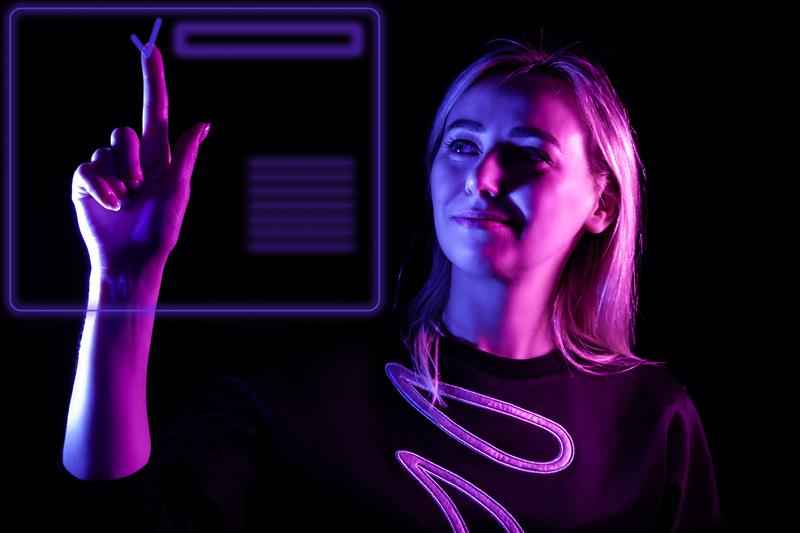
-
Healthcare • Cloud & DevOps • Digital Products • Strategic Consulting: Driving Affordable Access and Operational Efficiency in Medication Procurement
Driving Affordable Access and Operational Efficiency in Medication Procurement
Envision reducing prescription expenses by as much as 35%, enhancing patient medication adherence by 42%, and decreasing pharmacy operational inefficiencies by 50%, all facilitated through …
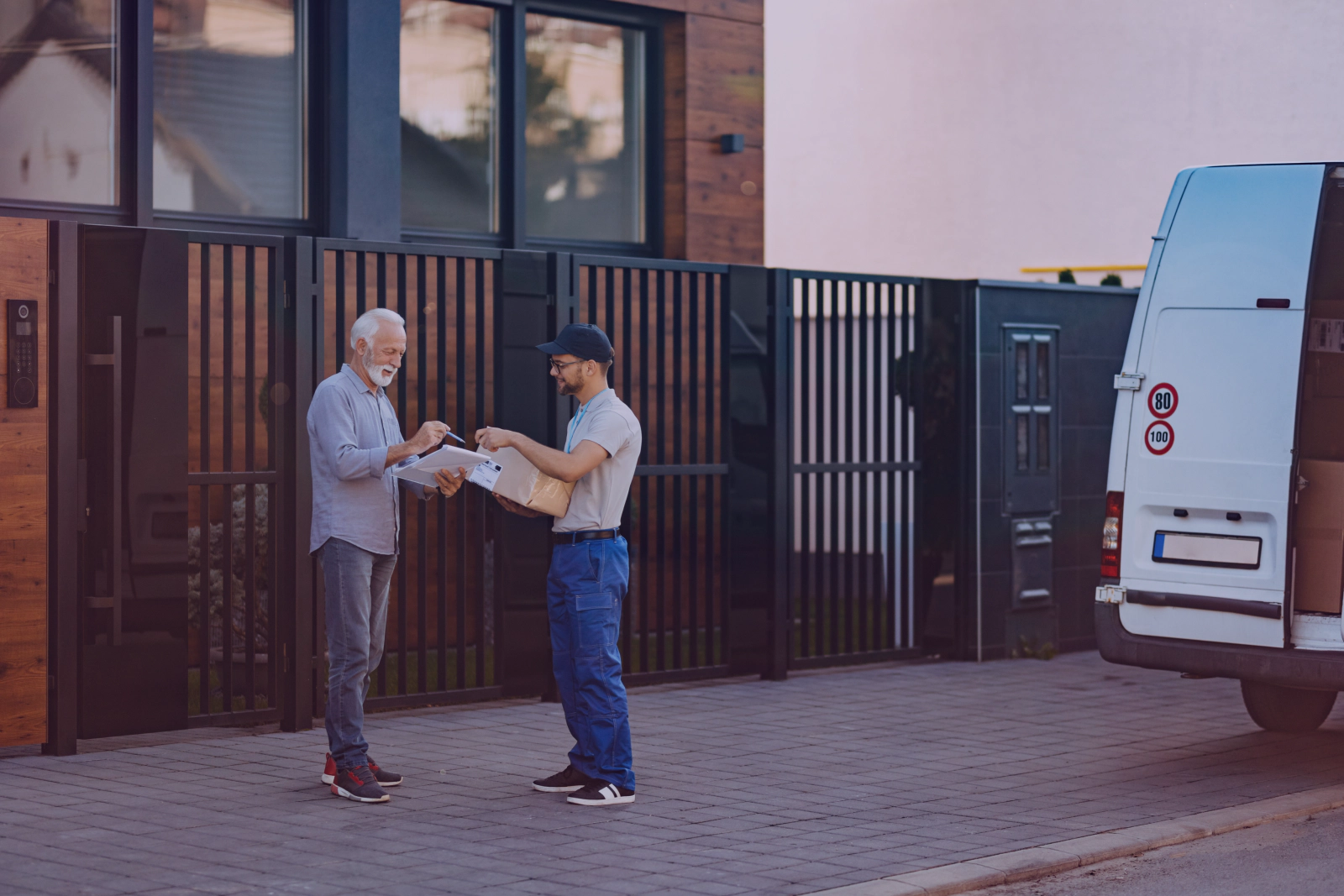
-
Healthcare • Internet of Things (IoT) • Product Engineering: Enhancing Hospital Hygiene and Reducing Infection Risks with Smart, Touchless UV Disinfection Technology
Enhancing Hospital Hygiene and Reducing Infection Risks with Smart, Touchless UV Disinfection Technology
Imagine reducing hospital-acquired infection risks, improving staff and patient confidence in sanitation, and enabling rapid hands-free disinfection in high-traffic medical environments—al…
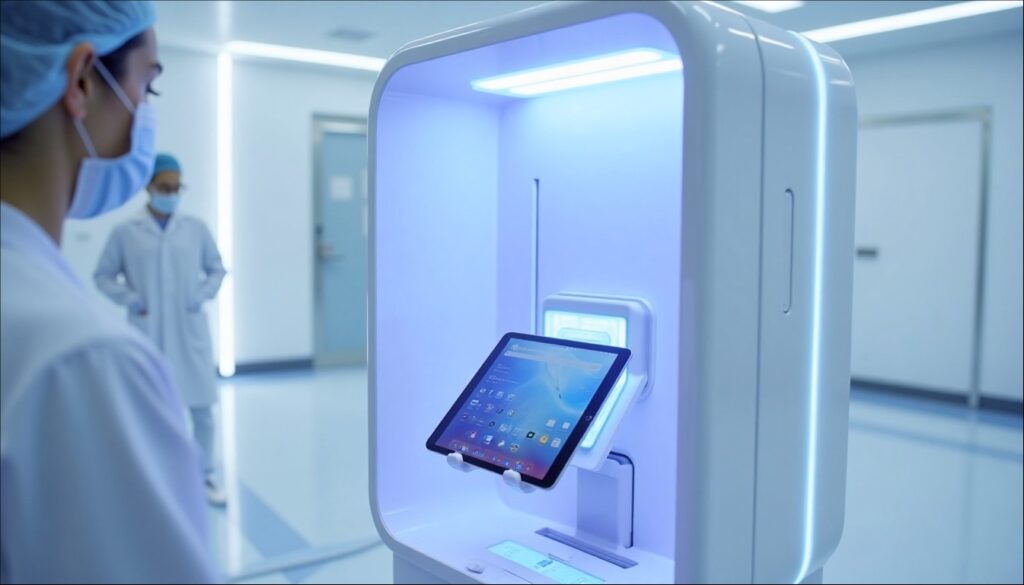
-
Software & Platforms • Data & AI • Generative AI: Reduce Order Errors. Cut Manual Work. Serve More Customers Without Lifting a Finger
Reduce Order Errors. Cut Manual Work. Serve More Customers Without Lifting a Finger
Reduce human intervention in restaurant bookings by 90%, while giving every caller a smooth, intelligent ordering experience without hiring another soul.
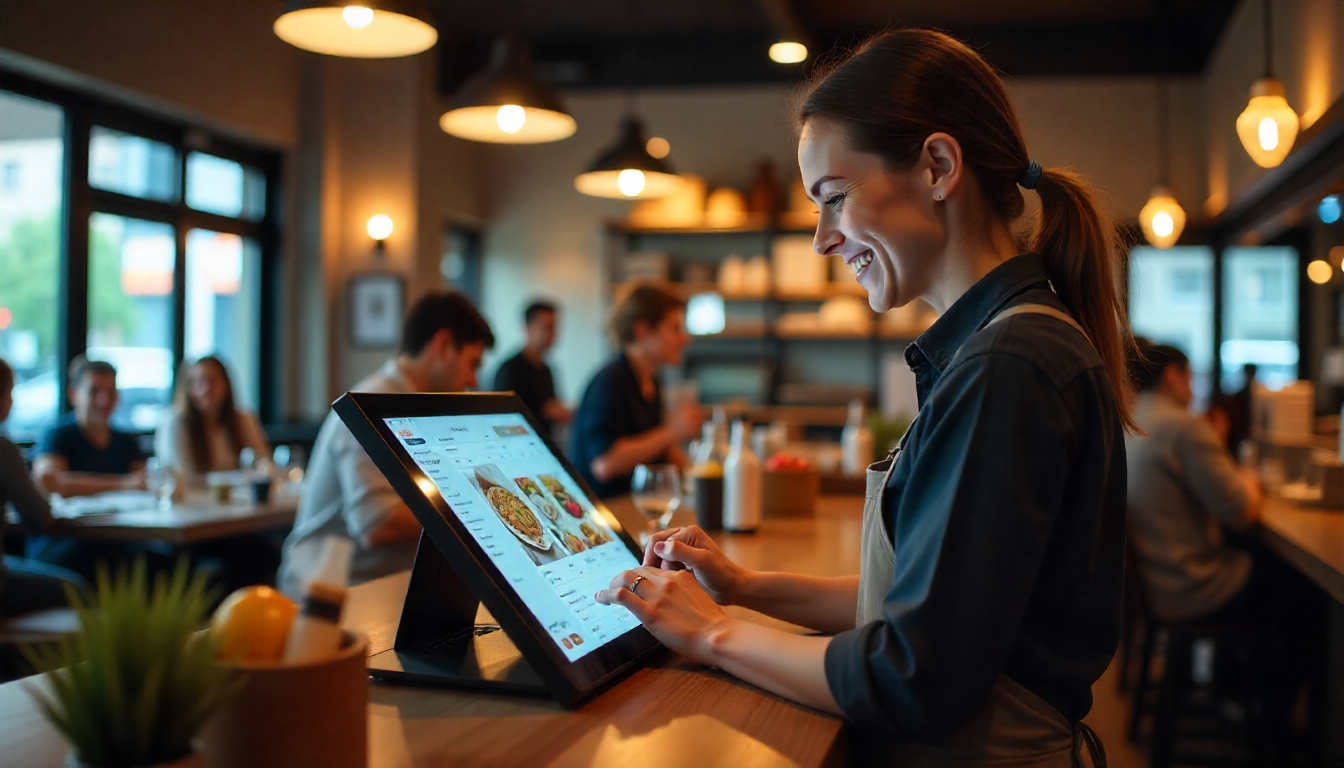
-
Logistics • Data & AI • Generative AI: Automated Answers, Zero Wait Time – Reducing HR Load with a RAG-Based Fleet Chatbot
Automated Answers, Zero Wait Time – Reducing HR Load with a RAG-Based Fleet Chatbot
Turn hours of repetitive HR and ops support into a single chatbot, one that knows every fleet policy, SOP, and HR guideline your team could ask for. It works 24/7, never gets tired, and unde…
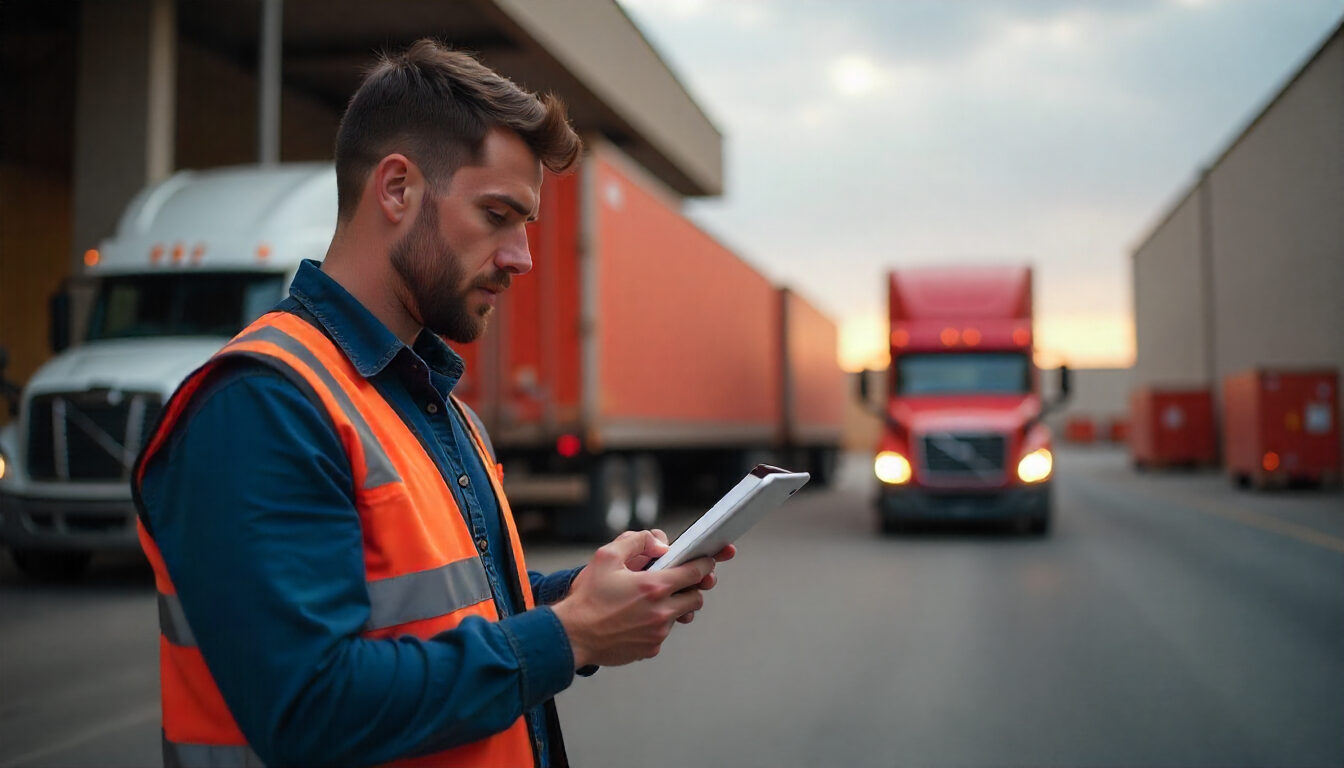
-
Logistics • Cloud & DevOps • Digital Products: Modernizing Balikbayan – Automating Last-Mile Delivery for Faster, Smarter Shipping
Modernizing Balikbayan – Automating Last-Mile Delivery for Faster, Smarter Shipping
Sending a Balikbayan box from Sydney to Manila can be seamless, tracked from the moment it’s picked up at your doorstep to the second it reaches your loved one’s hands, all without the h…
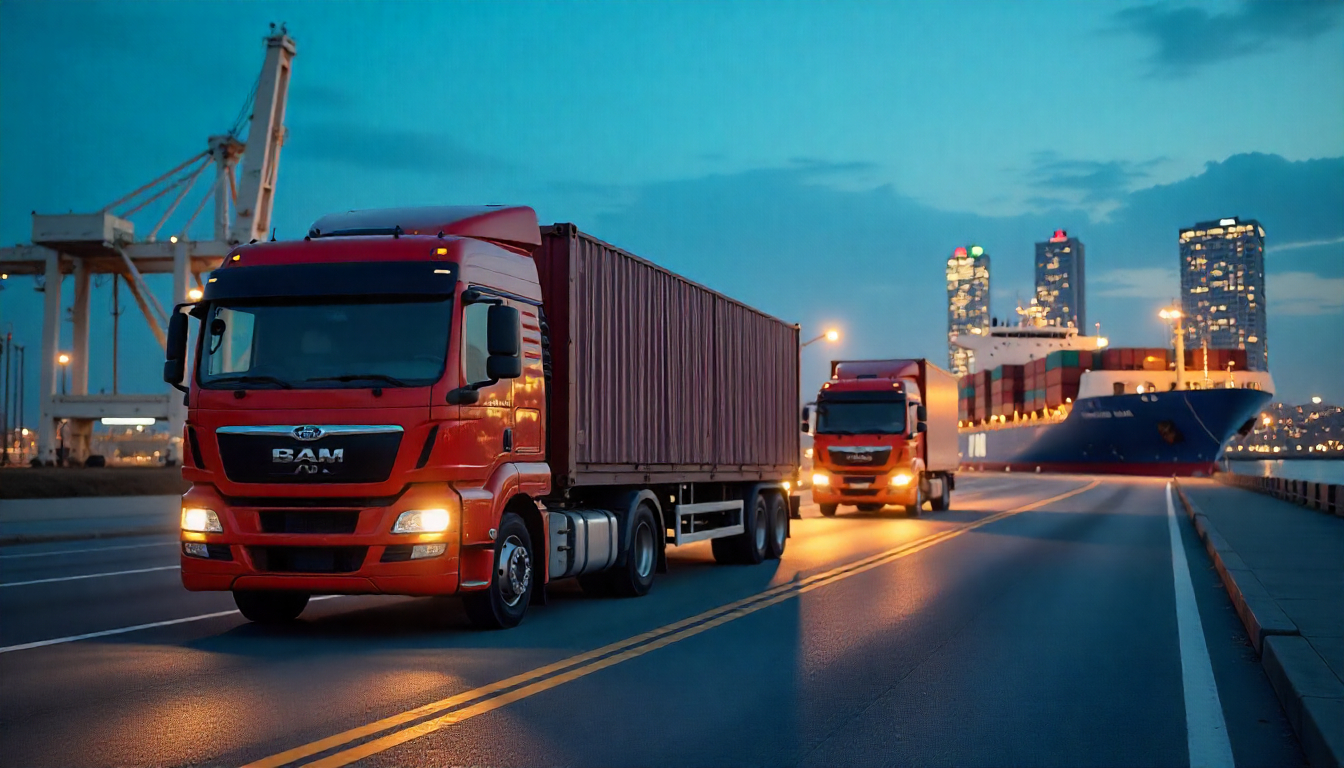
-
Software & Platforms • Cloud & DevOps • Data & AI: Driving Performance, Resilience, and $1M Annual Savings Through Strategic Database Modernization
Driving Performance, Resilience, and $1M Annual Savings Through Strategic Database Modernization
Improving system performance by 23%, cutting downtime incidents by 80%, and saving nearly $1 million annually, all while future-proofing critical infrastructure for a multi-business global e…
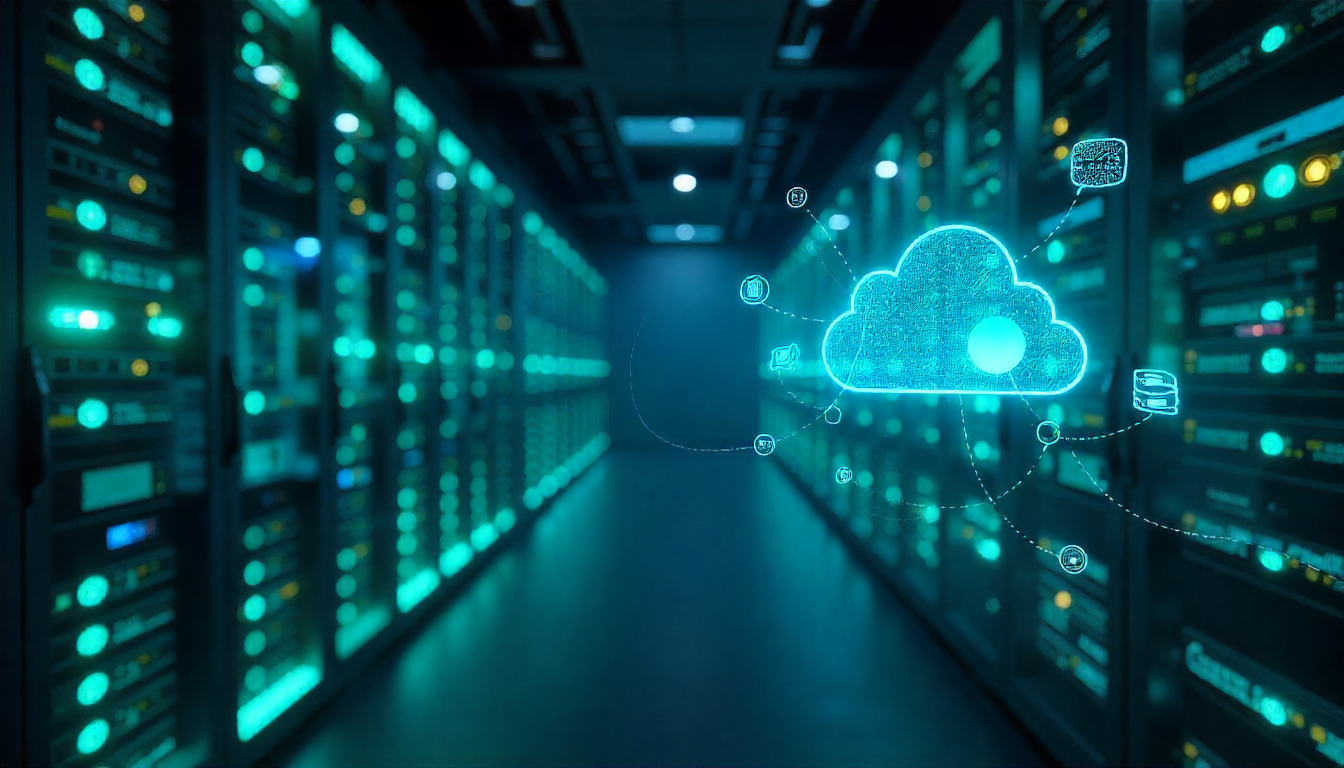
Lets Talk
Have a challenge?Let us know.